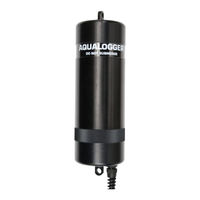Aquaread Aquaprobe AP-7000Mk2 Manuals
Manuals and User Guides for Aquaread Aquaprobe AP-7000Mk2. We have 1 Aquaread Aquaprobe AP-7000Mk2 manual available for free PDF download: Instruction Manual
Aquaread Aquaprobe AP-7000Mk2 Instruction Manual (145 pages)
Multiparameter Water Quality Probe
Brand: Aquaread
|
Category: Measuring Instruments
|
Size: 2 MB
Table of Contents
Advertisement
